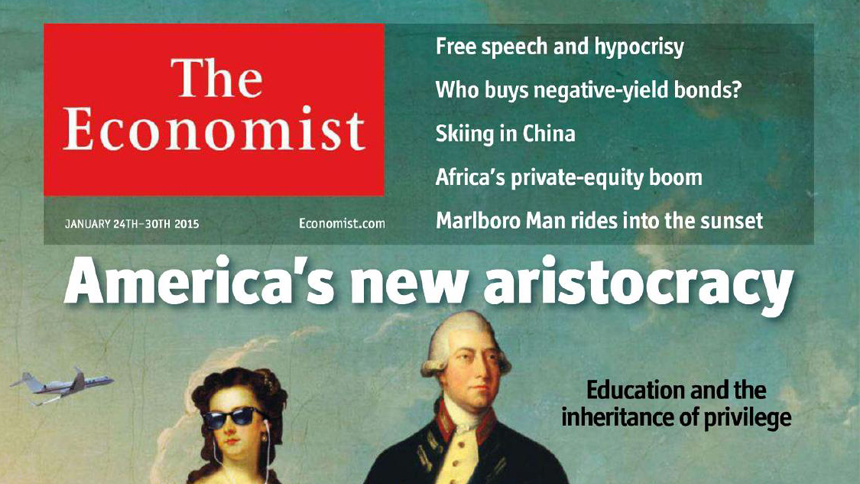In a short time, Britni Danielle, a Los Angeles-based author and freelance journalist, transitioned from part-time to full-time freelancer, penning stories for Essence magazine and online publications like the Guardian and xoJane. How did she snag assignments from publications on the East Coast and abroad? Along with her writing skills and work ethic, she used social media to build a strong personal brand. Online exposure of her work garnered stellar referrals from fellow writers and eventually led to requests from editors.
Now, more than ever, writers are taking their careers to the next level because of their solid personal brands. Their unique identities boost readership, business and attention from editors. Fusion editor at large Latoya Peterson, for one, is open to finding fresh talent through social media. “It’s very easy, as an editor, to fall back into the same pool [of writers] you always use. Social media not only allows you to find new writers, but also to figure out things that are trending or peaking.”
Here are a few tips on how you can raise the bar on your writing career via social media.
Establish your identity.
The first step to gaining the attention of readers and editors is telling them who you are, and how you’re different from other writers. That is your brand. Beth Sanders, a social media strategist based in the Greater Memphis area, says there’s no way around establishing one.
“I don’t think it’s a question of ‘Should I?’ The question is ‘How do I?'” she says. If you have a digital footprint (and who doesn’t these days?), you already have a brand. So it’s important to share accurate information and pay attention to small yet significant slipups like typos in your posts, which could make or break your brand. Establish your credibility early on, or your audience will do it for you.
Peterson says failure to maintain a positive online persona by “being very belligerent [or] intellectually dishonest on social media” has cost many writers jobs. It could also undermine both your reputation and that of your publication.
Decide how much of your life you’d like to share with your audience. Sanders, who discusses everything from writing to St. Louis Cardinals baseball on her Twitter account, says, ultimately, that is a decision writers must make for themselves. But a hint of personality can go a long way. “People want to do business with a real person and not just a cardboard cut-out,” she says.
Tighten up your profile bio.
Your bio is usually the first thing visitors read on your social media profile. Use this space to share your interests, who you’ve worked with and topics you cover. And make it memorable.
“One of the reasons I follow somebody back or decide to follow somebody’s work is because they have this witty profile — it’s intriguing,” explains Peterson. “It’s enough for me to want to click on it and know more about this person. And if I’m making a decision between a lot of writers, that might make the difference.”
Sanders suggests writing a brief bio, as well as a lengthy one, so your audience, especially editors, know exactly what they’re getting when they visit your social media sites.
Surf social media platforms daily for potential content.
The better your content is, the better your brand. Love it or hate it, social media has become a legitimate player as a news source, overtaking some traditional news outlets, so use it to your advantage. Scour social media platforms for current events that are aligned with your brand — and keep up with what editors are talking about on their pages.
Danielle admits that asking open-ended questions and sharing the latest issue of the day have been effective tactics for getting feedback and eliciting story ideas.
In fact, one story Danielle wrote about the online reaction over a photo of Sasha Obama and friends received over 100,000 page views the first day it was posted. “I get probably 75 percent, maybe more, of the things I end up writing about from some sort of media or social media conversation,” she says.
Engage with your audience in real time.
If using Facebook, Twitter or Instagram has become mundane, experiment with live-streaming apps like Periscope. Interact with your audience on camera to allow them to get an inside look at who you are and what kind of work you do. Follow editors and other writers to make new connections. Before you jump in head first, though, Sanders recommends doing your research.
“The first step is to figure out where your audience is, and you do that by hanging out [on various platforms] and listening,” she says. “If your audience is not on Periscope or even Twitter, that’s not where you need to focus your time.”
Other streaming apps like Meerkat and Blab have different features, such as streaming for groups or embedding capabilities, which might garner more reach. Adds Sanders, “I would recommend trying everything at least once, knowing about it and evaluating how effective it’s going to be in reaching your audience.”
Show your work.
You’ve mastered the art of navigating social media and engaging your audience, but this doesn’t matter as much if you don’t have content to share. Peterson says when writers apply for jobs, one of the first steps editors take is to look at their social media profiles to see their latest work and how they interact with others online.
“[Social media] allows people to discover you. It allows people to serve you. It allows people to have more of a dialogue around your work, but at the same time, it also acts as almost a resume for an employer,” Peterson says. “Most of my friends who are editors will say the same thing.”
Peterson adds that writers should be using the pinning feature such as on Twitter, which allows you to pin a stagnant tweet to the top of your timeline, to showcase links to your most recent work. “For the most part, your content is what’s going to speak the loudest,” she says. “Your content — 100 percent — is always king no matter what platform you’re on.”
Share content that aligns with yours.
Remember, a core principle of social media engagement is to give as much as you take in shares, likes and shout-outs. Simply put, it’s not all about you.
“If you’re on social media, it can’t always be about sharing your links to your things,” Danielle says. “You have to talk about things that people care about that aren’t [about] you.” Make an effort to strategically connect with (read: do not pitch) editors and other writers of note online. Rather than bombarding them with direct messages or comments with links to your writing, engage in a conversations about their latest projects if you’re a fan their work.
Be consistent on every social media platform.
From your social media handles to the frequency of posts and interaction, consistency counts. If you’re savvy, you probably have more than one social media account. Make sure each of them have the same or similar names so your audience and editors know where to find you.
Using social media regularly counts for a lot in building your brand. “The only thing I would do is caution people against abandoning their social profiles,” Peterson warns. “It’s almost better to not have a page at all, instead of looking like you’re not paying attention to the technology or a part of the community there.”










